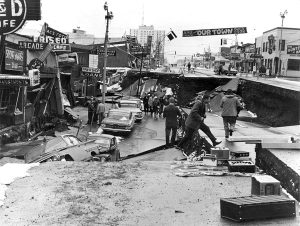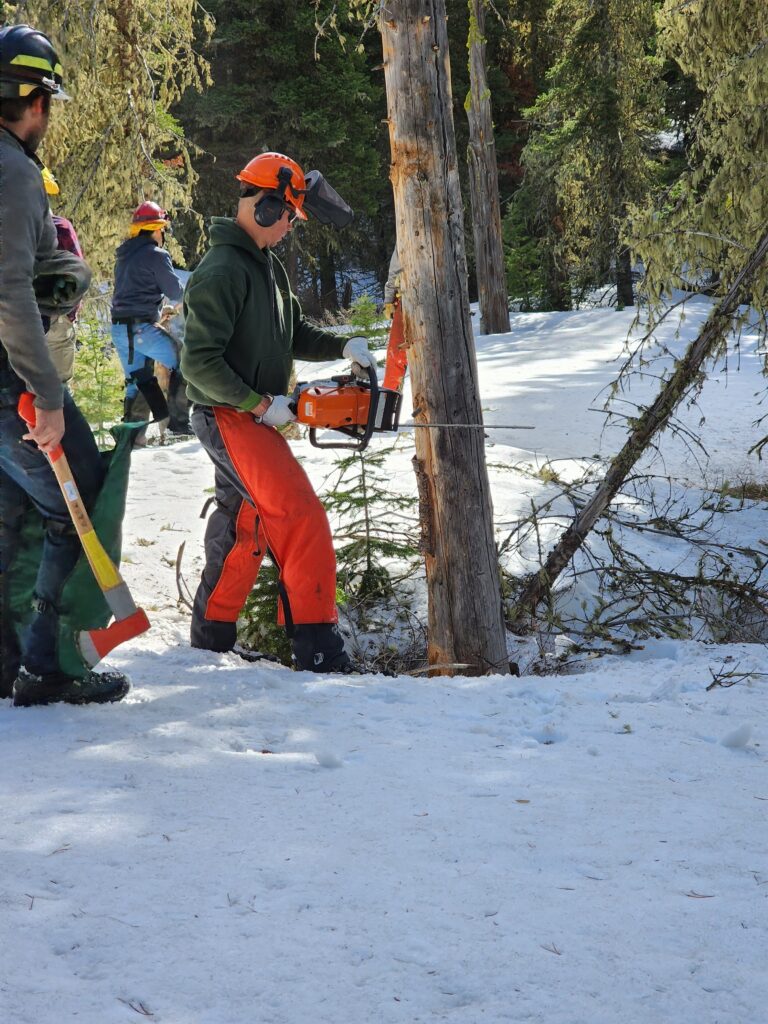In the Emergency Management world mitigation activities are sometimes the most challenging projects to justify funding requests for when officials compare those to the multitude of immediate need requests. When we talk about mitigation, emergency managers are looking for projects where money spent now will reduce the loss later in a large disaster. This loss can either be lives or monetary in nature that we are trying to reduce by making buildings and infrastructure more resilient, working with individuals to prepare themselves and their properties, and many other similar projects that reduce the impact from known hazards in a community. In 1964 Anchorage experienced a magnitude 9.2 earthquake that killed hundreds and caused millions in damage.
Following the 1964 earthquake Anchorage spent a lot of time debating what could be done to minimize the damage the next time a major earthquake occurred. In the coming years building requirements were established requiring earthquake building standards and limitations on where certain buildings can be constructed. Development was also limited in locations that were not geologically secure during an earthquake.
54 years later Anchorage was again tested with a large earthquake. While smaller than the 1964 quake, the magnitude 7.0 earthquake in 2018 was large enough to cause significant damage, and it did. However compared to other places of the world where similar earthquakes have caused complete destruction and loss of life, Anchorage’s new quake caused damage and no fatalities.
Charles Wohlforth explains in his recent article in the Anchorage Daily News how the changes in Anchorage’s building after 1964 can be directly attributed to the comparatively good outcome in 2018. The lessons in Anchorage are well worth thinking about and employing here in the Northern Rockies.
More on Earthquake Preparedness






